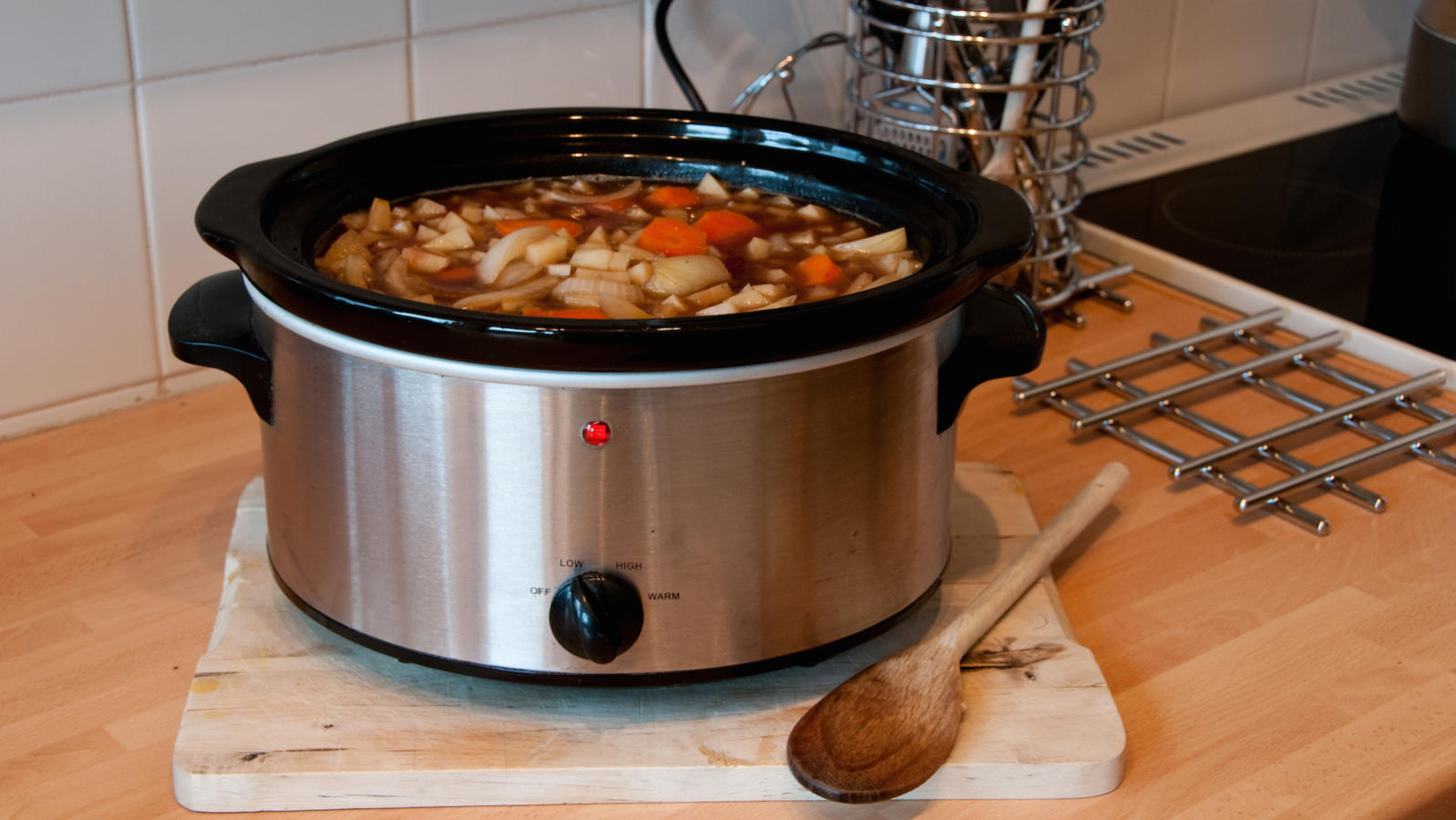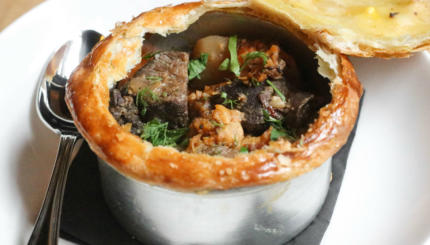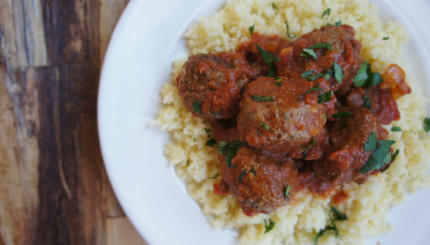Cholent Recipe
Cook your own Sabbath stew.
I had watched Shmulik and his wife Carmela, owners of the restaurant Shmulik on Herzl Street in Tel Aviv, demonstrate and (sausage) at the Jerusalem Gastronomic Congress in 1992, and I enjoyed the two dishes at a party at their restaurant. The following is based on their recipe.
Reprinted with permission from The Book of Jewish Food: An Odyssey from Samarkand to New York, published by Knopf.
Ingredients
3 Tablespoons light vegetable oil
Salt and pepper
1/2 cup (100 g) pearl barley (optional)
1/2 lb (250 g) dried white haricot or butter beans, soaked for an hour
2 lbs (1 kg) potatoes, peeled, whole if small, quartered if medium
2 marrow bones (optional)
2 large onion, sliced
3-5 cloves garlic, peeled and left whole
2 lbs (1kg) fatty beef-brisket, breast, or rib
Directions
In a large heavy pot or casserole with a tightly fitting lid, brown the meat in the oil. Remove it, and fry the onions until soft. Add the garlic and fry until the aroma rises. Return the meat to the pot, add the marrow bones, and arrange the potatoes, beans, and barley around it, sprinkling each layer with salt and pepper.
Cover with water and bring to a boil. Remove the scum, then put the lid on and leave in the lowest oven (225F; 110C) overnight. Remove the lid at the table, so that everyone can get the first whiff of the appetizing smell which emanates.



